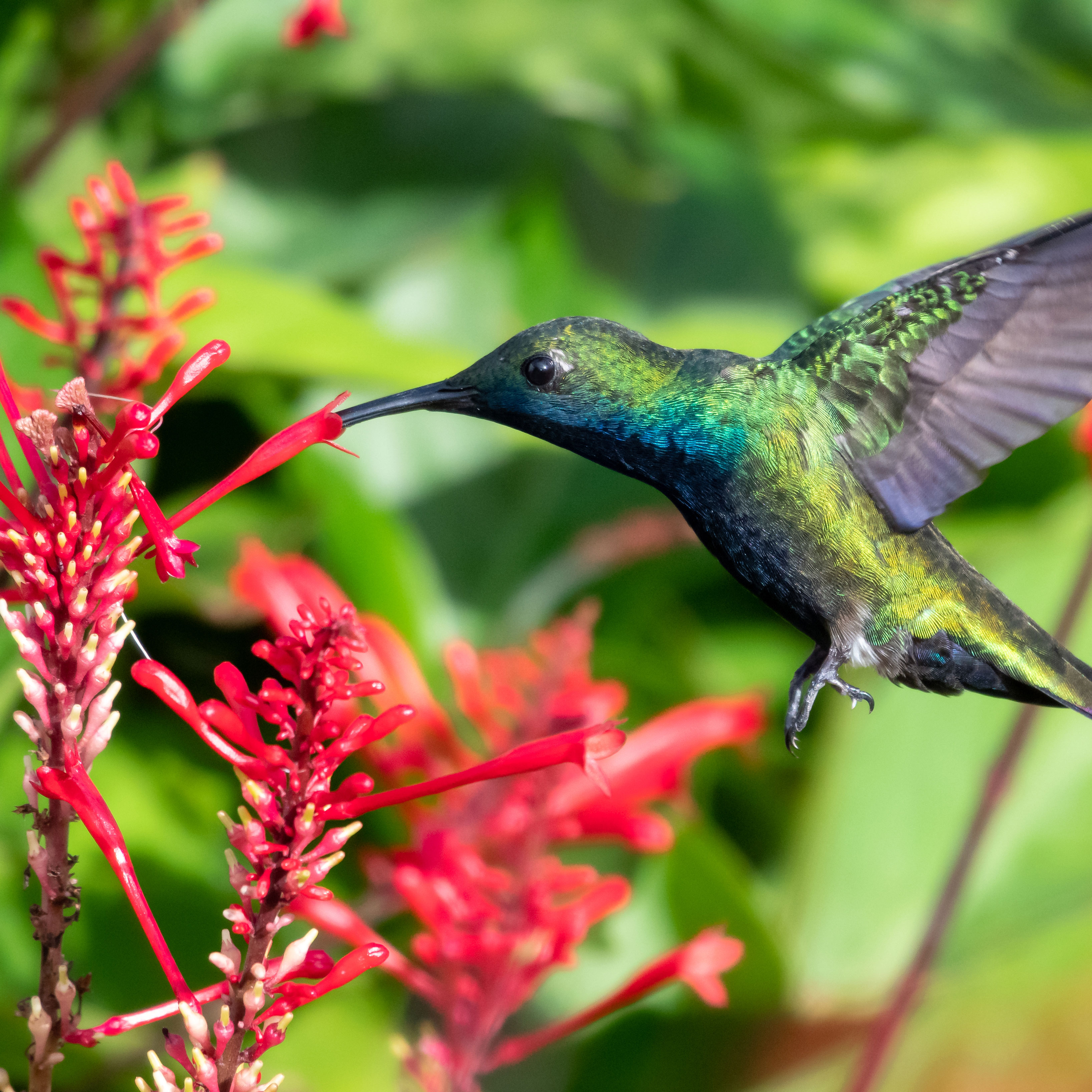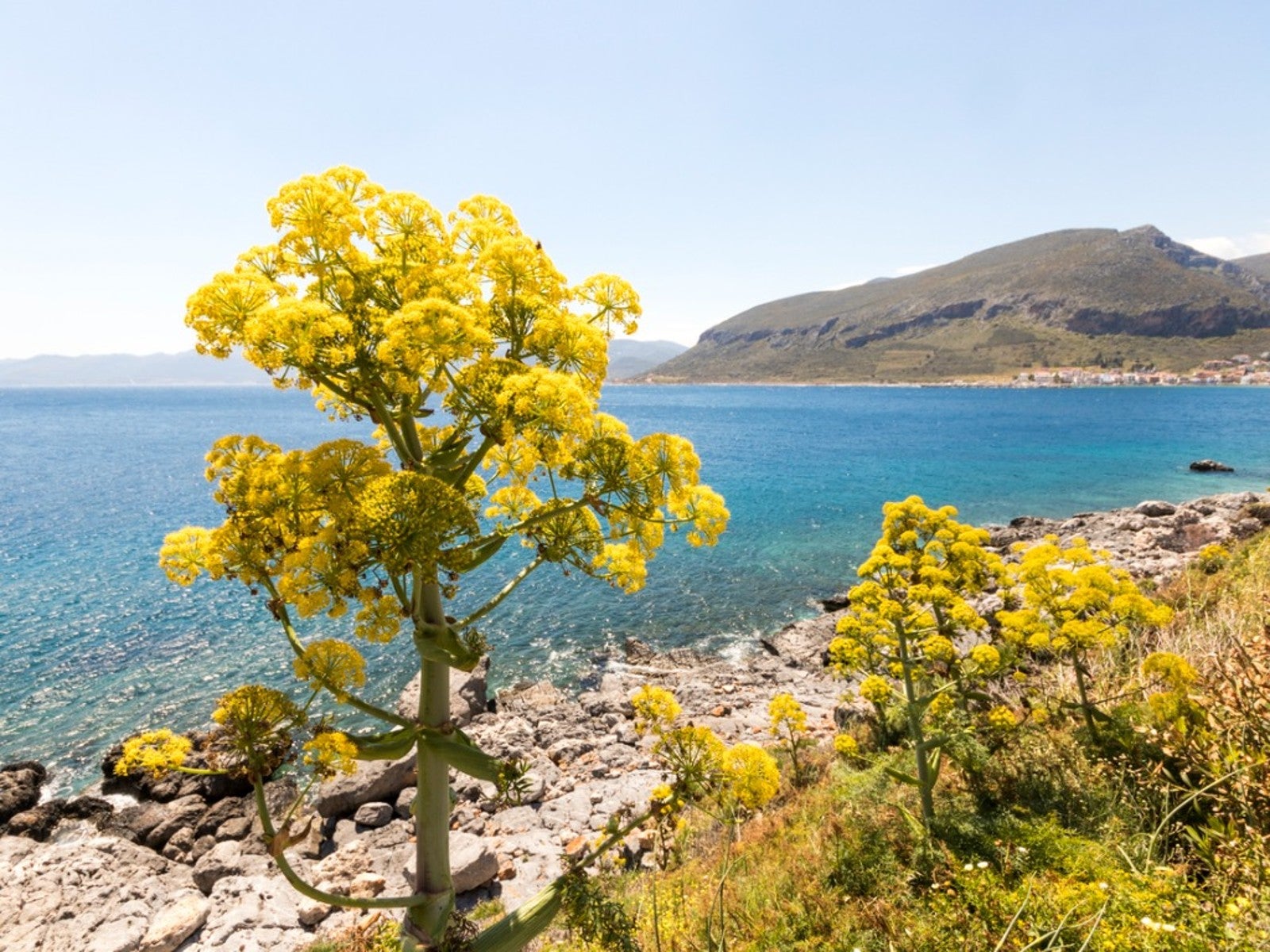Controlling Invasive Herbs – How To Stop The Spread Of Herbs

Growing your own herbs is a joy for any foodie, but what happens when good herbs go bad? While it sounds like a lame play on a TV show title, controlling invasive herbs is sometimes a reality. Keep reading to learn what to do when herbs become invasive.
What Herbs Become Invasive?
What herbs become invasive? Herbs that spread through runners, suckers, or rhizomes and even herbs that become so large they’ve taken over more than their share of space are the ones to look out for. Then there are the herbs that produce prodigious amounts of seeds as well.
Probably the most notorious of the herbs that spread is mint. Everything in the mint family, from peppermint to spearmint, doesn’t just seem to spread but has a rather diabolical desire to take over the world through underground runners.
Other herbs that become invasive through underground runners include oregano, pennyroyal, and even the easy-going thyme can run amok.
Plants that bloom are determined to reproduce themselves, and blooming herbs are no exception. Calendula, catnip, chamomile, chives, dill, lemon balm, and even generally difficult to germinate valerian are all examples of good herbs that may go bad, taking over precious garden space and crowding out other perennials.
Other herbs that spread are:
How to Stop the Spread of Herbs
Controlling invasive herbs depends on how the invasions are occurring. To prevent herbs from getting overly large and invading the garden in this manner, prune them back regularly.
Gardening tips, videos, info and more delivered right to your inbox!
Sign up for the Gardening Know How newsletter today and receive a free copy of our e-book "How to Grow Delicious Tomatoes".
In the case of herbs like mint, which spread like wildfire via their underground rhizomes, grow the plant in a container. Herbs that spread through underground runners should be planted in a raised planting bed.
For the greedy blooming herbs, don’t neglect deadheading. If you decide to get lazy and allow seeds to form, it’s all over. Some herbs, like chamomile with its miniature daisy-like blooms, are pretty much impossible to get in their entirety, and the likelihood of seeing dozens more plants the next year is high, but other blooming herbs can be controlled by snipping the blooms as they fade.
To minimize reseeding as much as possible, also mulch heavily or lay down a weed barrier each year. That said, the area under and directly around the herbs may be safe from reseeding, but everything else from cracks in the walkway to the lawn is fair game.

Amy Grant has been gardening for 30 years and writing for 15. A professional chef and caterer, Amy's area of expertise is culinary gardening.
-
 Terrifically Tubular Flowers For Hummingbirds: 9 Tube-Flowered Plants To Attract Hummers
Terrifically Tubular Flowers For Hummingbirds: 9 Tube-Flowered Plants To Attract HummersGrowing tubular flowers for hummingbirds helps you create the optimum feeding conditions for your winged friends. Here are nine tubed delights for hummers
By Tonya Barnett
-
 How To Grow Hydroponic Tomatoes For Fresh Indoor Harvests – No Soil Required
How To Grow Hydroponic Tomatoes For Fresh Indoor Harvests – No Soil RequiredLearning how to grow tomatoes in water is easy and allows you to harvest fresh-home-grown produce in every season without any mess.
By Ellen Wells
-
 Grow Tasty Herbs For Roast Turkey In Your Garden
Grow Tasty Herbs For Roast Turkey In Your GardenCan you season your turkey with herbs you grow in your own garden? Yes! Click to learn more.
By Amy Grant
-
 10 Easy Herbs For Beginners
10 Easy Herbs For BeginnersIf you’re new to herb growing, there are some perfect beginner herbs that are low maintenance and easy. Here are our top ten.
By Mary Ellen Ellis
-
 How To Make A Rain Gutter Herb Garden
How To Make A Rain Gutter Herb GardenOne really fun look outside the box is a hanging rain gutter herb garden. A gutter planter is a unique way to house and showcase plants.
By Bonnie L. Grant
-
 Grow A Beautiful, Edible Herb Window Box
Grow A Beautiful, Edible Herb Window BoxGrowing herbs in window boxes is a space-saving method for producing culinary ingredients for kitchen use. Click for more.
By Laura Miller
-
 Best Herbs To Direct Sow Vs. Start Indoors
Best Herbs To Direct Sow Vs. Start IndoorsKnowing when to buy herb plants or start them from seeds or cuttings is essential to your success. Read on to learn more.
By Laura Miller
-
 Learn About The Highly Prized Silphium Herb
Learn About The Highly Prized Silphium HerbWhat if there was a perfect plant? In ancient times such a treasure existed. It was the silphium plant.
By Laura Miller
-
 Grow Healing Herbs Indoors: Combat Winter Illness With A Medicinal Garden
Grow Healing Herbs Indoors: Combat Winter Illness With A Medicinal GardenIf you are growing medicinal plants at home, did you know you also can grow an indoor medicinal herb garden? Read on for more.
By Susan Albert
-
 Grow Your Own Herbes De Provence - How To Grow, Dry, And Store Herbs
Grow Your Own Herbes De Provence - How To Grow, Dry, And Store HerbsHomemade gifts can add that special touch to any occasion, such as a jar of herbes de provence. Click here to learn how to grow and make your own for gifting.
By Laura Miller